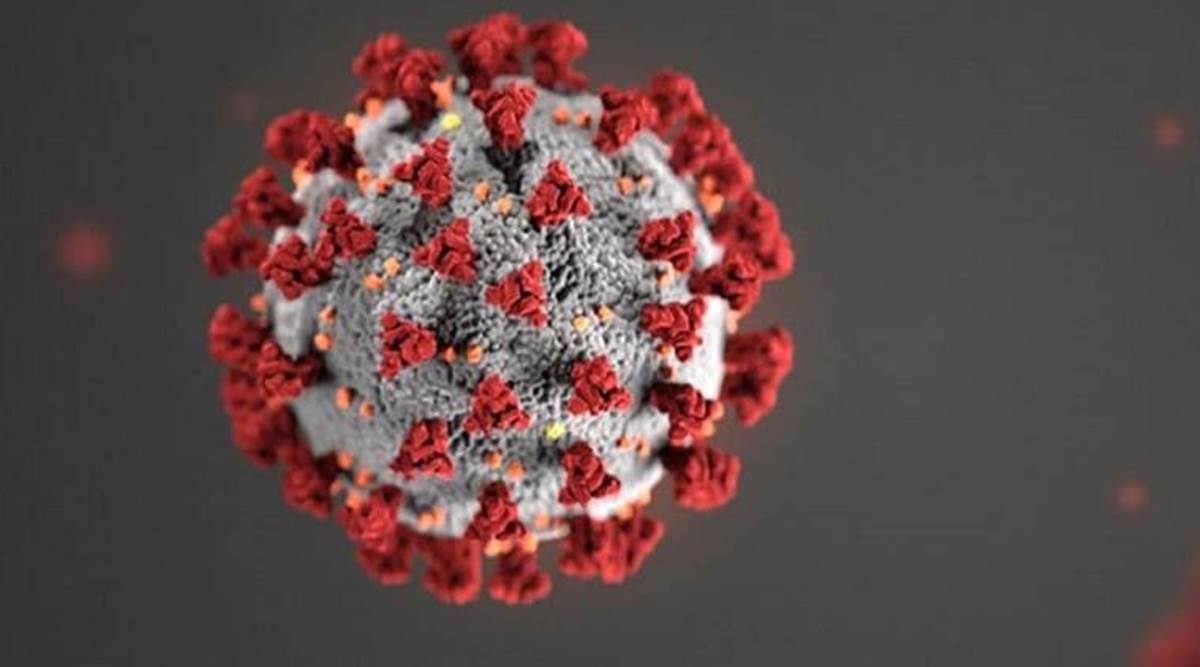Stroke scans may help diagnose COVID-19: Study
 The study, published in the American Journal of Neuroradiology, assessed 225 patients from three London Hyper-Acute Stroke Units with emergency stroke computed tomography (CT) scans of the head and neck blood vessels. (Representational)
The study, published in the American Journal of Neuroradiology, assessed 225 patients from three London Hyper-Acute Stroke Units with emergency stroke computed tomography (CT) scans of the head and neck blood vessels. (Representational)COVID-19 may be diagnosed on the same emergency scans used to diagnose stroke, according to a new study that may help in the early identification of COVID-19 in patients with suspected brain injury, and the subsequent limitation of disease transmission.
The study, published in the American Journal of Neuroradiology, assessed 225 patients from three London Hyper-Acute Stroke Units with emergency stroke computed tomography (CT) scans of the head and neck blood vessels.
According to the scientists, including Tom Booth from King’s College London in the UK, the emergency scans captured images of the top of the lungs where a fluffiness known as ‘ground glass opacification’ allowed COVID-19 to be diagnosed.
When the researchers saw these changes in the top of the lungs during the emergency scan, they could reliably and accurately diagnose COVID-19, and the changes also predicted increased mortality.
“This is particularly relevant given the limitations of currently available Severe Acute Respiratory Syndrome Coronavirus 2 (SARS-CoV-2) reverse transcriptase-polymerase chain reaction (RT-PCR) testing as it takes time to complete the test and sometimes it is inaccurate,” Booth said.
The scientists believe the scan data may have prognostic information given the increased mortality in those with lung changes shown among those part of the study.
“This patient group may additionally find it difficult to wear a mask, hence increasing the importance of staff protection,” the study noted.
According to the scientists, biomarkers like the ground glass opacities seen in scans, can heighten awareness of a potential positive case, and help change staff PPE requirements, and also direct a patient to a side room instead of an open ward.
Citing the limitations of the research, the team said the findings are retrospective in nature.
“These are useful results because the changes are simple for radiologists and other doctors to see. This is “free information” from a scan intended for another purpose yet extremely valuable,” Booth added.
“The implications of our findings plausibly include earlier selection of the appropriate level of personal protective equipment and attendant staff numbers, triage to appropriate inpatient ward settings, self-isolation, and contact tracing,” the scientists wrote in the study.
📣 The Indian Express is now on Telegram. Click here to join our channel (@indianexpress) and stay updated with the latest headlines
For all the latest World News, download Indian Express App.
© IE Online Media Services Pvt Ltd
tinyurlis.gdu.nuclck.ruulvis.netshrtco.de
